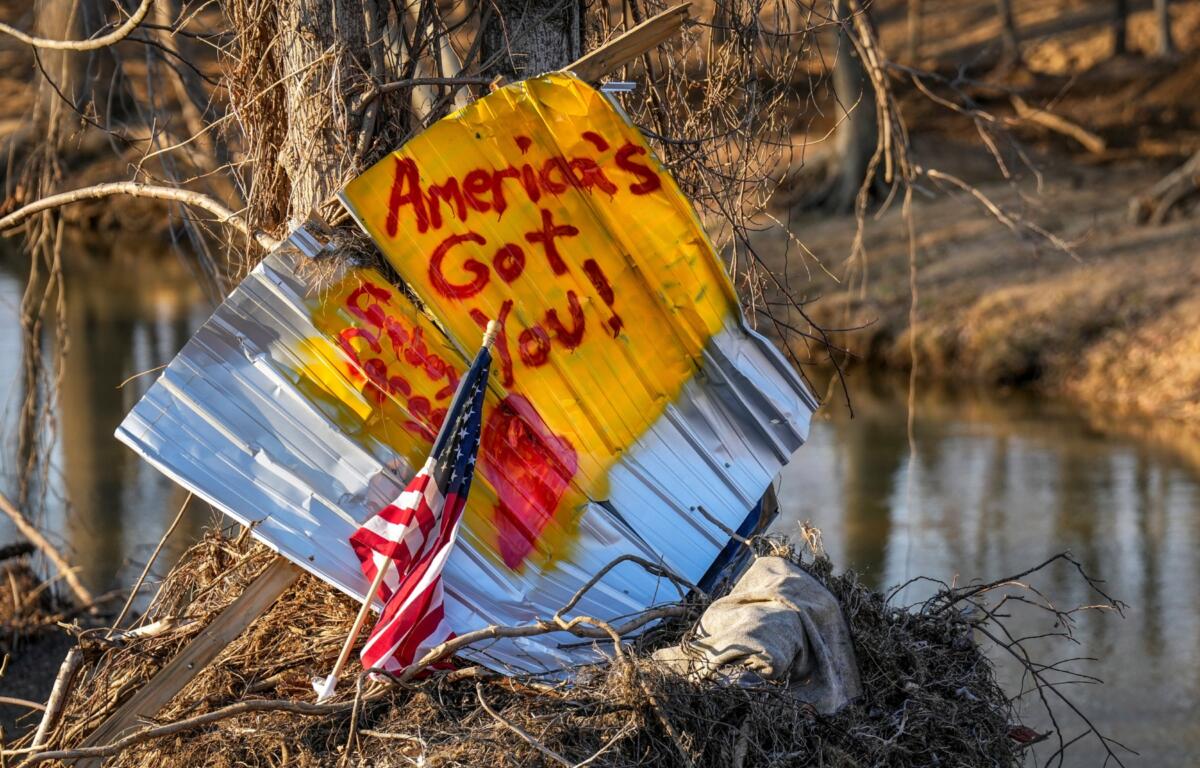Editor’s note: This month, 828newsNOW reflects on the anniversary of Tropical Storm Helene, which struck Western North Carolina in late September 2025, leaving communities grappling with flooding, power outages and widespread damage. Over the coming weeks, we will publish a series of stories examining the storm’s impact, from personal accounts of residents and first responders to the ongoing efforts to rebuild and prepare for other storms.
ASHEVILLE, N.C. (828newsNOW) — History, they say, has a way of repeating itself. For me, it came in the form of Fred and Helene, two tropical storms that struck Western North Carolina years apart, but with hauntingly similar devastation.
I was working through both.
Tropical Storm Helene
When Hurricane Helene began bearing down on Florida last September, the mountains of North Carolina were already drenched from a stalled front that sent streams to record heights. Flood warnings were in effect by Sept. 25, and our newsroom at 828newsNOW scrambled to push out road closures, shelter details and emergency contacts.
By the next night, Helene had intensified in the Gulf, while relentless rain soaked Western North Carolina. A state of emergency was declared as flood alerts multiplied.
Early Friday, Sept. 27, Helene made landfall in Florida as a Category 4 storm before pushing inland and weakening. But here, its most destructive moments came with the dawn.
At 5:38 a.m., the National Weather Service issued a flash flood emergency for the Swannanoa River Valley. Minutes later, Swannanoa residents were told to flee. I sent out the alert just as the power went out.
I still don’t know how many people saw the warning.
Tropical Storm Fred
It felt all too familiar. In August 2021, when Tropical Storm Fred lashed Haywood County, I was working at WLOS, updating weather warnings and closures as floodwaters crept higher. By late afternoon, emergency services urged residents along the Pigeon River to seek higher ground. Hours later, the National Weather Service echoed the call with even more urgency. Then, just as with Helene, the lights went dark just as I sent the warning.
And once again, I wondered if my alerts reached anyone.
Storms are part of my life story. I grew up in south Alabama, just off U.S. 331, the hurricane evacuation route for Florida’s Panhandle. I’ve lived through hurricanes, tornadoes and straight-line winds. Truthfully, I love a good storm.
But Western North Carolina has taught me storms here are different.
In the flatlands where I grew up, floodwaters creep in slowly, then retreat slowly. In the mountains, they roar. Steep slopes funnel rain into creeks in minutes, transforming them into torrents that can uproot trees, hurl boulders and carve away roads and bridges. Landslides follow, sometimes wiping out entire communities.
Here, the water doesn’t wait. It comes fast, it comes violent – and it leaves little time to run.


